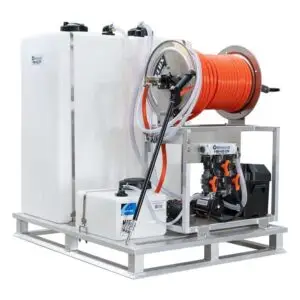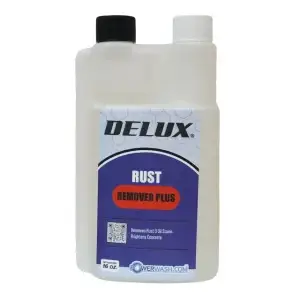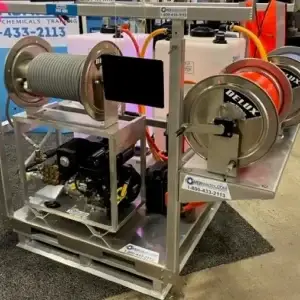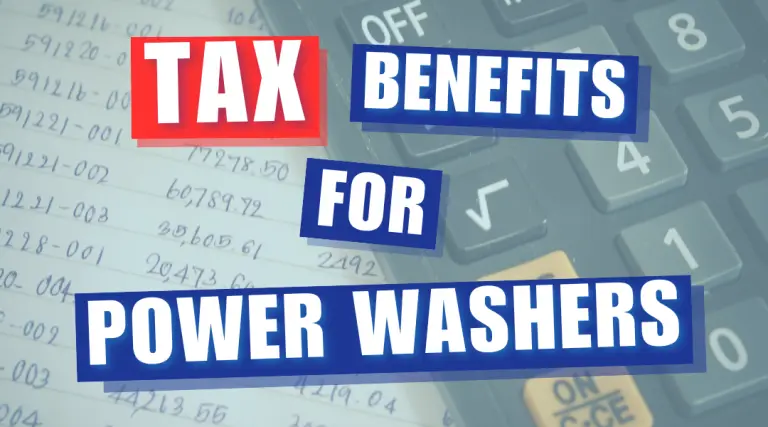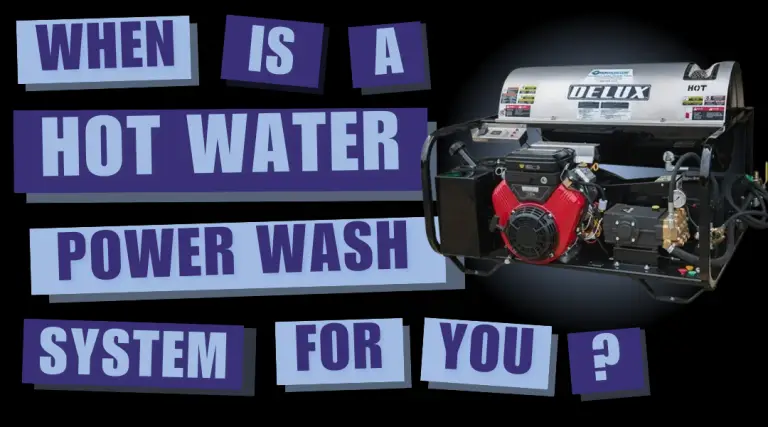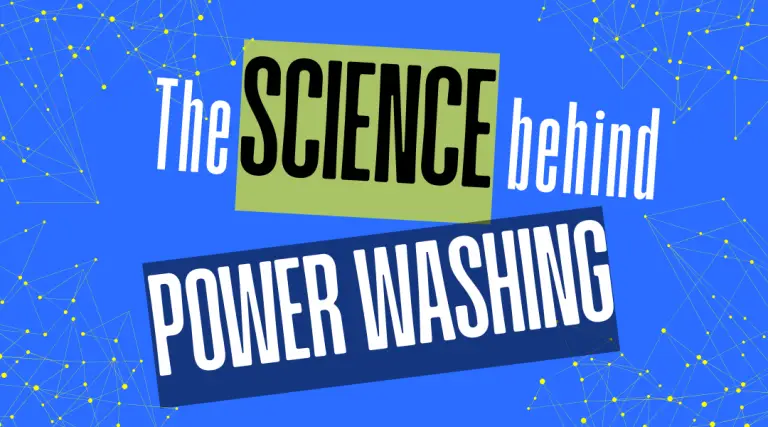- Home
- /
- PowerWash Industry
- /
- COVID-19 Tools, Tips, and Resources
Subscribe To Our Newsletter
Stay in the know on the latest products, deals, events, tips & tricks.
Social Media
Popular Products
-
All Pressure Washers
Maverick Stampede Complete Professional Soft Wash System with 3 tanks and a Proprtioner
$5,774.97 -
-
Awning Cleaning
Rust Remover Plus Pressure Washing Chemical: Achieve Fast, Professional Results!
$14.47 -
All Pressure Washers
Delux Mustang Pro Mini Complete Skid 4′ – Approved for Drone Use (Surface BOT)
$13,187.90
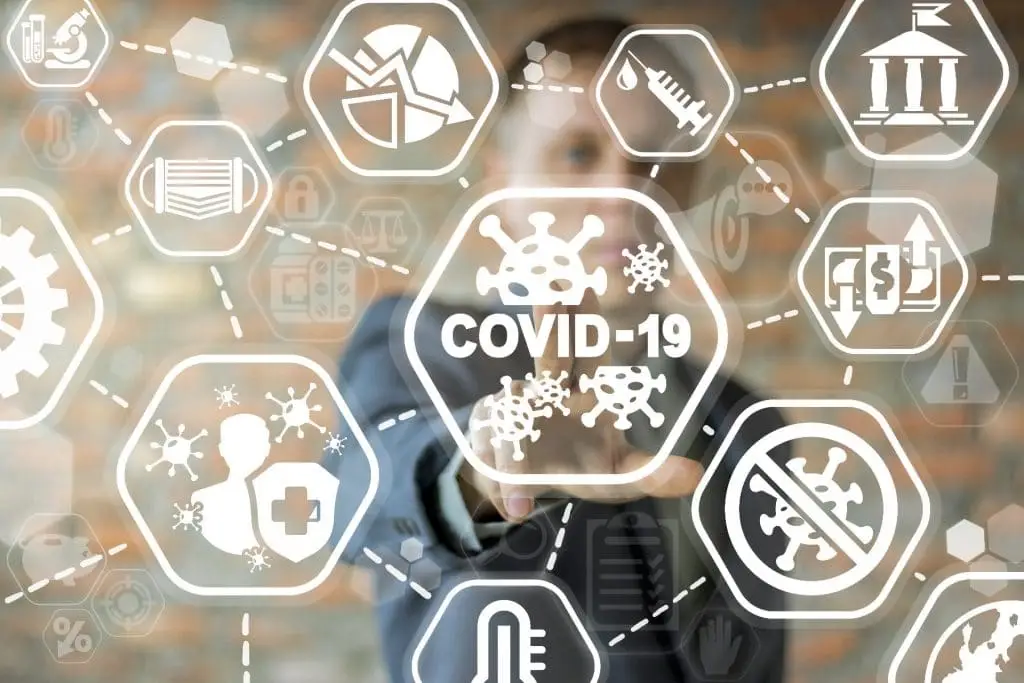
COVID-19 Tools, Tips, and Resources
We have received endless questions regarding all things sanitizing, cleaning, and frankly, COVID-19…and rightfully so. This pandemic has brought upon concerns that as of now, do not have an exact answer to.
Therefore, we have compiled all relative and useful resources that have come our way or that we have created, for you to utilize for your own business needs.
Government Resources
Helpful Business & Employers Resources
10 Steps For Achieving Goals During COVID-19
Personal Protective Equipment (PPE)
Being in the pressure washing industry, we all understand the importance of PPE use. Now, it is more important than ever- it is used to not only keep ourselves safe but others. Here is the CDC recommended use of PPE:
1. Identify and gather the proper PPE to on.Ensure choice of glove, google, and mask size is fitting to form.
2. Perform hand hygiene using hand sanitizer.
3. Put on NIOSH-approved N95 filtering facepiece respirator or higher (use a facemask if a respirator is not available). If the respirator has a nosepiece, it should be fitted to the nose with both hands, not bent or tented. Do not pinch the nosepiece with one hand. Respirator/facemask should be extended under chin. Both your mouth and nose should be protected. Do not wear respirator/facemask under your chin or store in pockets between jobs.
- Respirator:Respirator straps should be placed on crown of head (top strap) and base of neck (bottom strap). Perform a user seal check each time you put on the respirator.
- Facemask:Mask ties should be secured on crown of head (top tie) and base of neck (bottom tie). If mask has loops, hook them appropriately around your ears.
- 4. Put on face shield or goggles.Face shields provide full face coverage. Goggles also provide excellent protection for eyes, but fogging is common.
- 5. Perform hand hygiene before putting on gloves.Gloves should cover wrists and disposed of after each job.
Cleaning, Sanitizing & Disinfecting
What’s the difference? Well, it is a big one.
Cleaning: cleaning does not kill germs- it removes germs by lifting them away.
Sanitizing: sanitizing kills 99.9%-99.999% of germs.
Disinfecting: disinfecting kills 99.9999% of germs.
These claims are only to be made to customers if a test was conducted prior to application to ensure that the concentration was at a proper level. A test kit will determine if a solution meets the manufactures recommended concentration to therefore be labeled as a sanitizer, disinfectant, etc.
Application Methods
For all applications, please read manufacture recommendations for application including concentration and dwell time. Prior to application, surfaces should be cleaned with a detergent or soap and water, if dirty.
Spray bottle: Some sanitizers and disinfectants do not require to be wiped up. Spray bottles or pump sprayers are inexpensive and easy to use to apply a variety of volume of sanitizer or disinfectant.
Foggers: products, such a Max Quat 10% Sanitizer, can be used in a fogger, but needs to be used with cold water.
Pressure Washers: pressure washers agitate, loosen, then rinse sanitizers and disinfectants at a higher volume for a more extensive application and cleaning of larger surfaces.
Soft Wash Systems: Cover exposed surfaces quickly and can be used with a variety of sanitizers and disinfectants.
Share This Post
More To Explore
Tax Benefits For Power Washing Professionals
Navigating the complexities of tax planning can be a daunting task for power washing professionals, yet it’s a crucial aspect …
Top 5 Must-Have Attachments to Elevate Your Power Washing Efficiency and Precision
Attachments for power washing systems are essential tools that significantly enhance the effectiveness, speed, and precision of professional cleaning jobs. …
When Should You Get A Hot Water Power Wash Machine?
When a Hot Water Power Washing System is Your Best Choice When deciding between a hot water power washing machine …
The Science Behing Power Washing
The Science Behind Effective Power Washing The science behind power washing is a balance of pressure, water, and chemical solutions …



